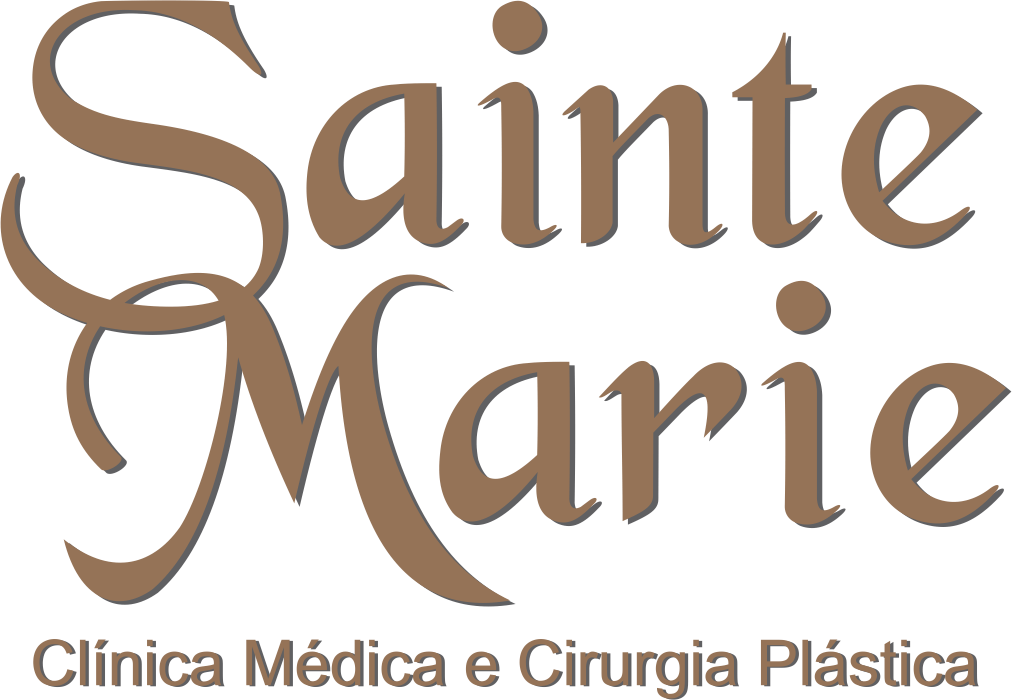Arm – Arm lift Brachial Dermolipectomy
Indication:
An arm flab usually occurs after radical weight losses, fluctuation between putting weight on and off or with ageing. This is due to excess skin formed by stretching during the overweigh period or loss of skin turgor caused by ageing. Because the back skin of the arm is relatively thin, it does not contract enough after the weight loss, which causes excess skin in the region. The brachial (arm) dermolipectomy aims to remove this excess skin, providing a more natural and less flaccid shape to the arm.
Type of anesthesia:
Usually, general anesthesia.
Hospital stay:
Usually 24 hours.
Postoperative:
The patient needs to avoid excessive movements, especially lifting the arms, for 30 days in order not to put pressure on the scar, which is located in the armpit. The lower the tension on the scar, the less its enlargement.
Complications: Although very rare, the possible complications from arm lift surgery are bruises, seroma, infection, necrosis (skin injury), dehiscence (opening of the suture), keloids, thrombosis, emboly and problems of anesthesia. As these complications are more frequent in patients who smoke, they are required to stop smoking a month before the surgery to minimize the risks. In the case of use of oral or injectable contraceptives, their use must be stopped 1 month before the surgery, a period during which another contraceptive method should be adopted.
Final result:
The final result of the arm lift is reached 6 months after the surgery, which is the necessary period for the accommodation of tissues and maturation of the scar.
FAQ
1) Does the arm lift surgery leave a very visible scar?
The scar resulting from a brachioplasty is located near the axillary fold (fold of the armpit). When there is too much excess skin, a vertical scar extending posteriorly to the arm is also required, where its greater or lesser extent will depend on the volume of excess skin to be corrected.
2) What is the scar evolution like?
The scar goes through various phases until reaching maturity, when it becomes lighter and less noticeable.
a – IMMEDIATE PERIOD: Goes until the 30th day. It has an excellent and little visible aspect. In some cases, it shows a mild reaction to the stitches or bandage.
b – INTERMEDIATE PERIOD: From the 30th day until the 6th month. During this period, there will be a natural thickening of the scar, as well as a change in its color, from “red” to “brown”, which will gradually fade. This is the period of greatest concern for patients, as it is the least favorable for scar evolution.
As we cannot hasten the natural healing process, we recommend patients not to worry, as the scar remains will be reduced in the late period. At this period it is important not expose the scar to the sun so as not to turn it to irreversibly dark.
c – LATE PERIOD: From the 6th to the 12th month. During this period, the scar begins to become lighter and less consistent, thus reaching its final aspect. Any assessment of the definitive result of the surgery should be made after this period
3) Does an arm lift remove excess fat located in the region?
This depends on your body type and volume of localized fat. The thickness of the panniculus (fat layer) that coats the body is also very important on this respect. According to the case, a liposculpture can be done in the area, along with the arm lift, or even before it.
4) Is there any danger in this operation?
Rarely does a brachioplasty present serious complications, provided it is done within technical criteria. This is due to the fact that each patient is adequately prepared for the surgery. Additionally, we make a careful study on the convenience of the association of this surgery simultaneously with others. However, in order to assure minimum risks, it is necessary to follow the surgeon’s pre and postoperative instructions.
5) What type of anesthesia is used?
Usually, general anesthesia.
6) How long is the surgery?
A brachioplasty takes about 3 hours.
7) Will I have to take antibiotics?
Yes, for a period of 7 days
8) How long is the hospital stay?
A full day (normal evolution).
9) Is surgical dressing used?
Yes, periodically.
10) When are the stitches removed?
When there are stitches to be removed, it should take place after 7 to 15 days.
11) When can I take bath a full bath?
Usually 2 days after the surgery.
12) How is the postoperative evolution of the brachioplasty?
You should not forget that, until the desired result is reached, it will go through several stages. If you happen to be concerned about “achieving the desired final result ahead of schedule,” be patient, because your body will take care of spontaneously removing all the intermediate inconveniences that inevitably will draw the attention of some friend who will not refrain from asking “//IS THIS REALLY GOING TO DISAPPEAR?//” – Naturally, each and every worry you may have should be asked to us, and we will give you all the needed clarifications to keep you calm.
Note: some patients feel some anxiety at this stage, due to the temporary aspect (edema, insensitivity, healing transition, etc.). This is temporary and usually reflects the desire to achieve the final result as soon as possible. Remember that no result can be considered final before 06 to 12 months. Obese patients can present, after the 8th day, “elimination of reasonable amount of yellow liquid” by one or more stitches in the scar. This phenomenon is named “lipolysis” and it is nothing more than fat liquefaction residues near the scar area that is being eliminated, but without representing a complication.
13) What does brachial dermolipectomy mean?
Dermo = skin; Lip(o) = fat; Ectomy = removal; Brachial = relating to the arm. Therefore, brachial dermolipectomy, also known as brachioplasty or arm lift, means removal of skin and fat from the arms.



